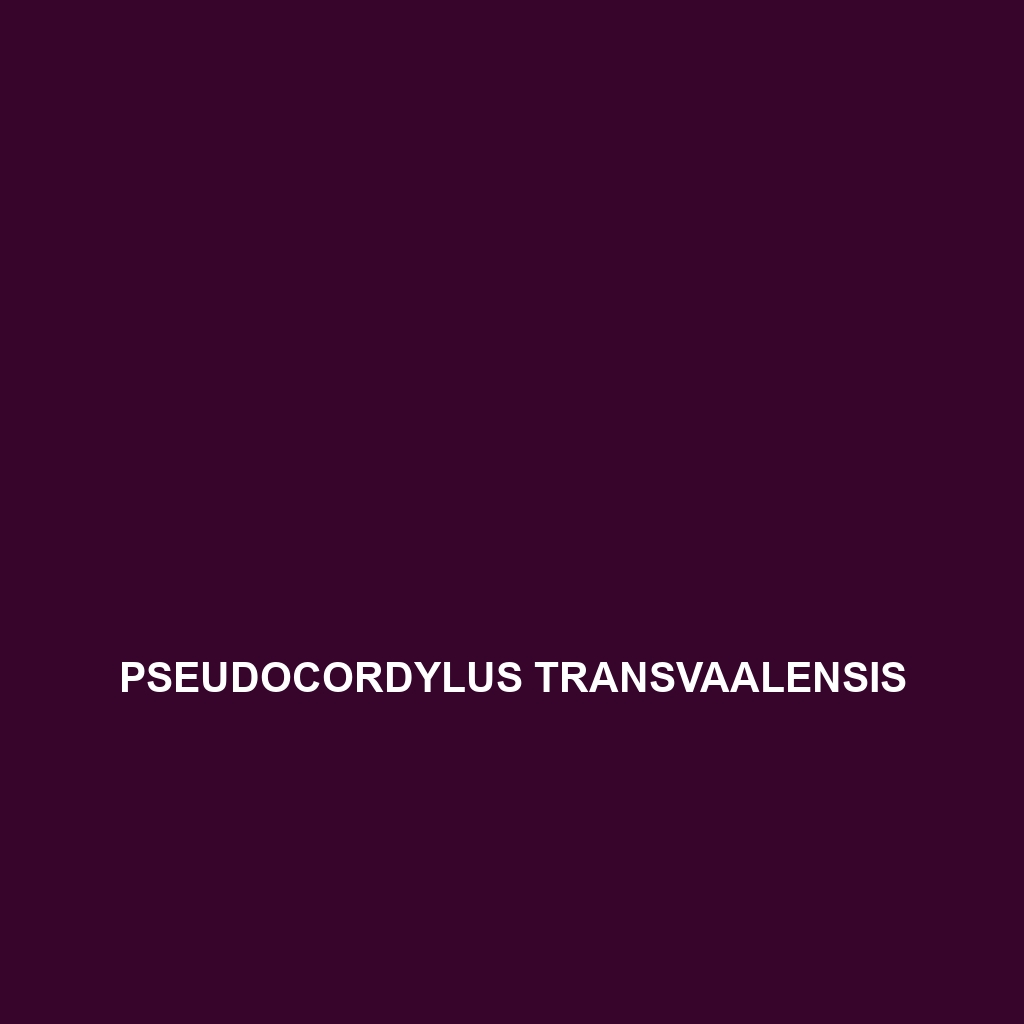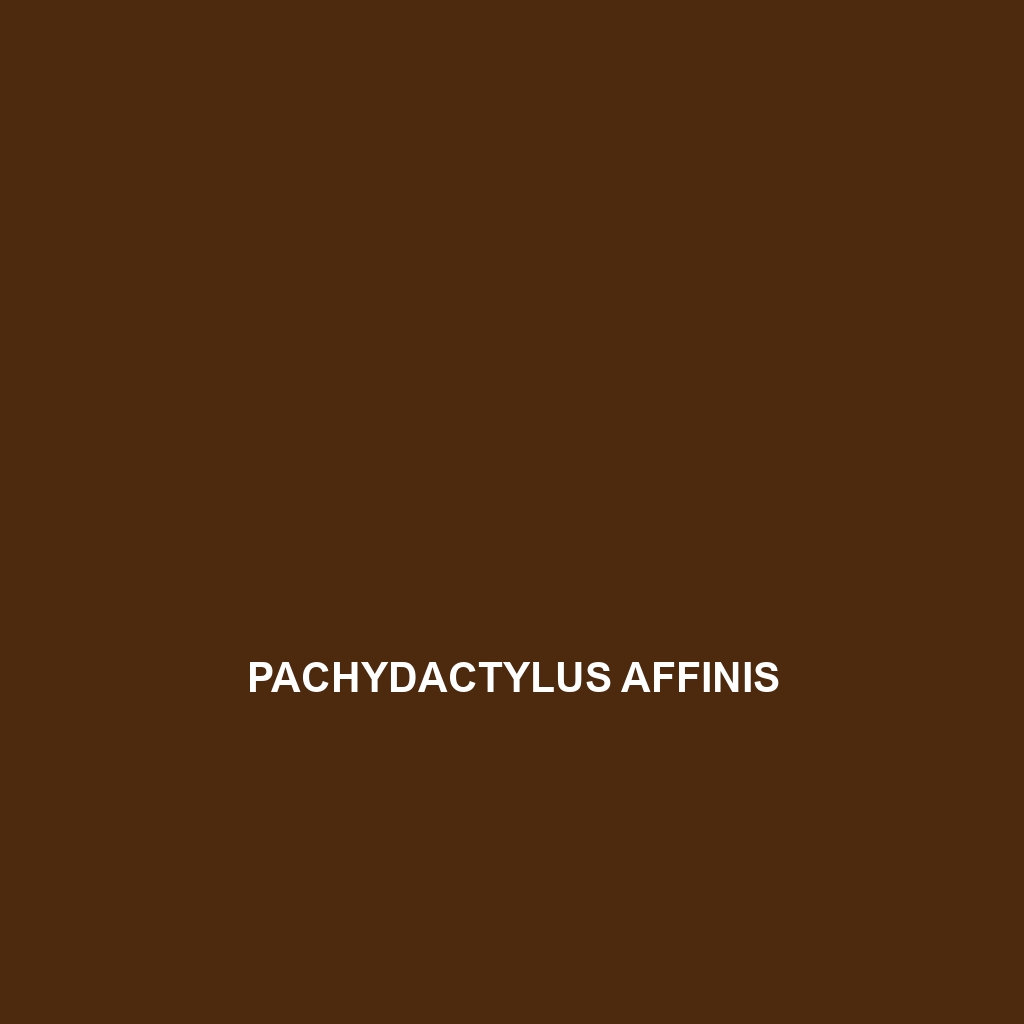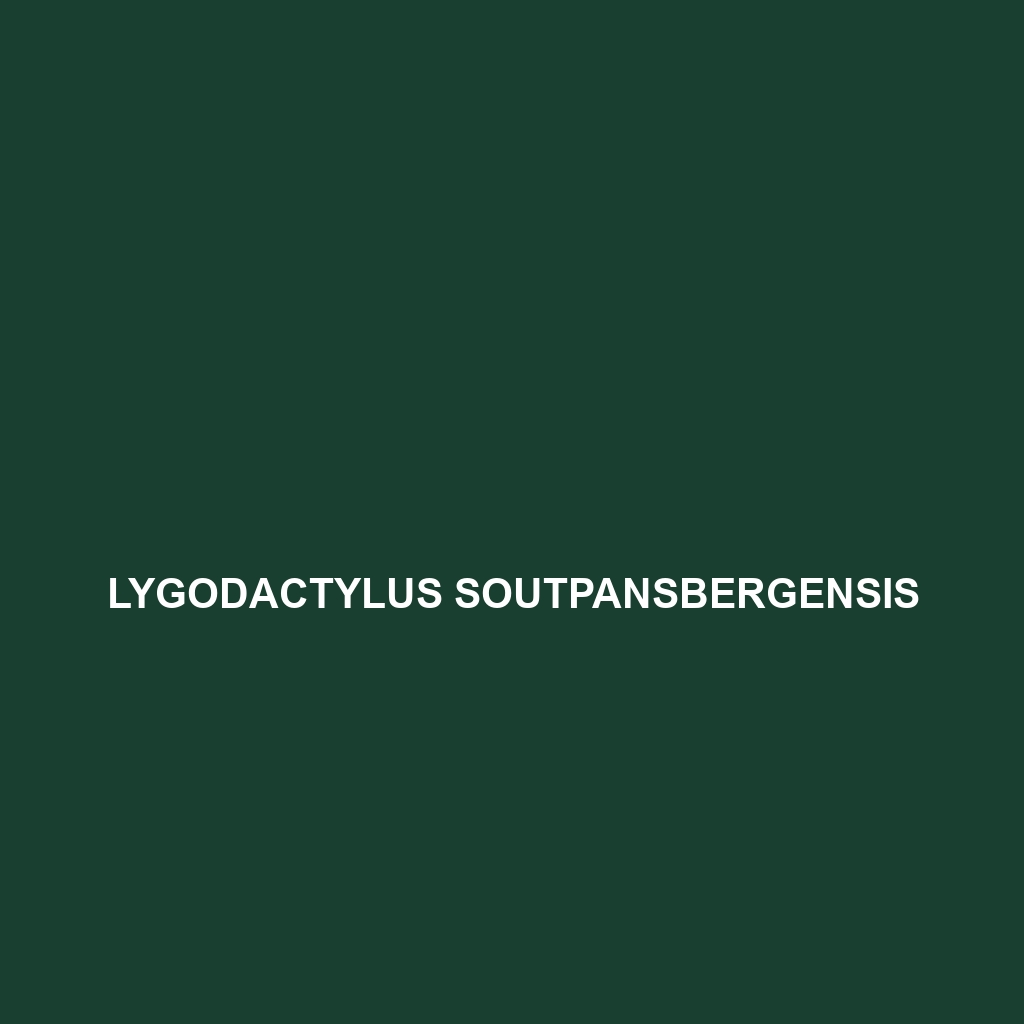<p><b>Smaug barbertonensis</b>, also known as the Barberton rock lizard, is a vulnerable species native to the rainforests and rocky outcrops of the Barberton Mountains in South Africa. This diurnal lizard, measuring up to 35 centimeters, features spiny scales for camouflage and primarily feeds on insects, playing a crucial role in regulating local insect populations and maintaining ecosystem balance.</p>
Tag: South Africa reptiles
Smaug barbertonensis
<p><b>Smaug barbertonensis</b>, also known as the Barberton rock lizard, is a vulnerable species native to the rainforests and rocky outcrops of the Barberton Mountains in South Africa. This diurnal lizard, measuring up to 35 centimeters, features spiny scales for camouflage and primarily feeds on insects, playing a crucial role in regulating local insect populations and maintaining ecosystem balance.</p>
Pseudocordylus subviridis
Introducing the Pseudocordylus subviridis, or green girdled lizard, a vibrant medium-sized lizard found in Southern Africa's diverse habitats, thriving in moderate climates. This omnivorous species is notable for its striking green coloration, interesting diurnal behavior, and vital role in controlling insect populations within its ecosystem.
Pseudocordylus subviridis
Introducing the Pseudocordylus subviridis, or green girdled lizard, a vibrant medium-sized lizard found in Southern Africa's diverse habitats, thriving in moderate climates. This omnivorous species is notable for its striking green coloration, interesting diurnal behavior, and vital role in controlling insect populations within its ecosystem.
Pachydactylus weberi
Introducing the Pachydactylus weberi, known as Weber's thick-toed gecko, a robust, nocturnal reptile from the arid regions of southwestern Africa. With its striking coloration for camouflage and specialized climbing abilities, this insectivorous gecko plays a crucial role in maintaining ecological balance by regulating insect populations.
Pachydactylus scutatus
<p>The <b>Pachydactylus scutatus</b>, or shield-toed gecko, thrives in the arid landscapes of southern Africa, displaying a unique camouflage with earthy brown and yellow patterns. This nocturnal insectivore measures 8 to 12 cm, featuring broad toes for climbing, excellent night vision, and a remarkable ability to regenerate its tail, playing a vital role in controlling insect populations within its ecosystem.</p>
Pachydactylus macrolepis
The Pachydactylus macrolepis, or thick-toed gecko, is a robust, nocturnal insectivore native to arid regions of southern Africa, characterized by its broad feet, distinctive coloration, and ability to regenerate its tail. This gecko thrives in rocky outcrops and sandy dunes, playing a critical role in controlling insect populations and serving as prey for larger predators in its ecosystem.
Pachydactylus caraculicus
<b>Pachydactylus caraculicus</b> is a medium-sized nocturnal gecko native to the arid regions of southern Africa, featuring a striking sandy beige to brown coloration with dark spots for effective camouflage. Primarily insectivorous, this adaptable species thrives in rocky terrains and plays a crucial role in its ecosystem by controlling insect populations.
Pachydactylus affinis
<p><b>Pachydactylus affinis</b>, a resilient gecko native to Namibia and South Africa, thrives in arid environments and exhibits distinctive mottled skin for camouflage. This nocturnal insectivore features large, bulbous toes for climbing and plays a crucial role in controlling insect populations within its ecosystem.</p>
Lygodactylus soutpansbergensis
<b>Lygodactylus soutpansbergensis</b>, commonly known as the Soutpansberg Dwarf Gecko, is a small, agile gecko measuring 5 to 7 cm, found in the Soutpansberg mountains of South Africa. It thrives in various habitats, showcasing distinctive coloration and behavior, including its insectivorous diet and fascinating social interactions.









